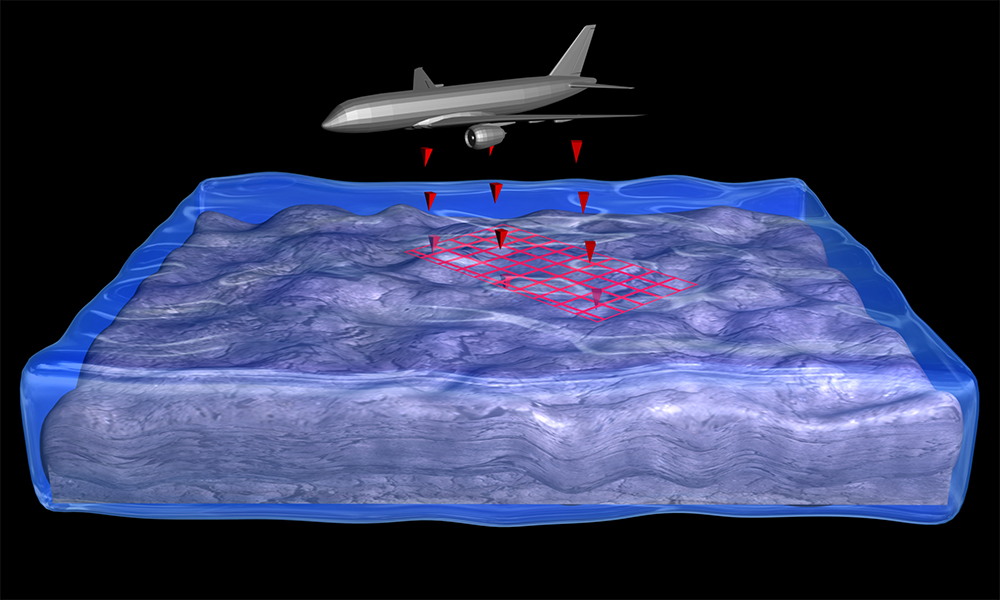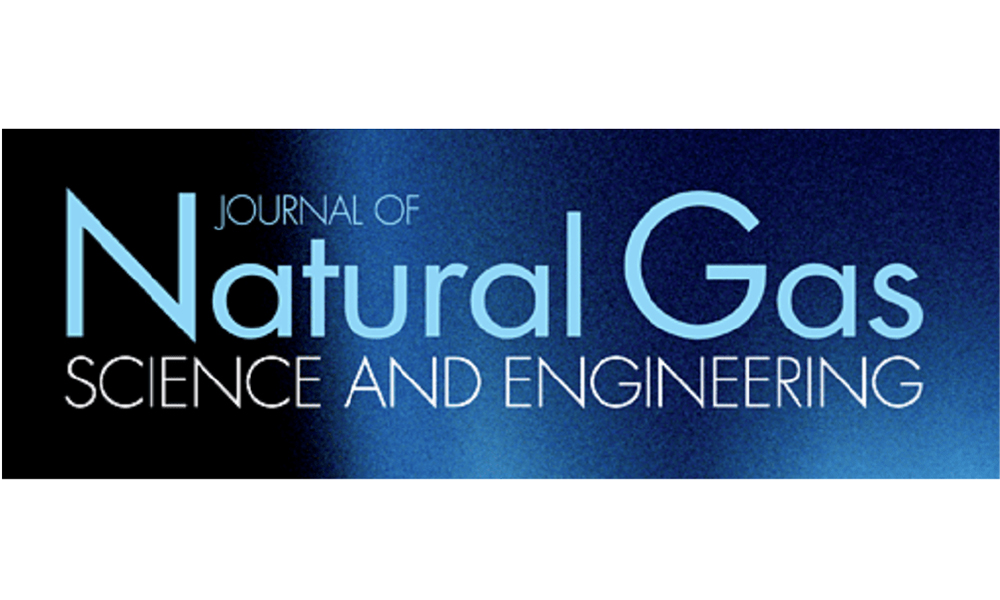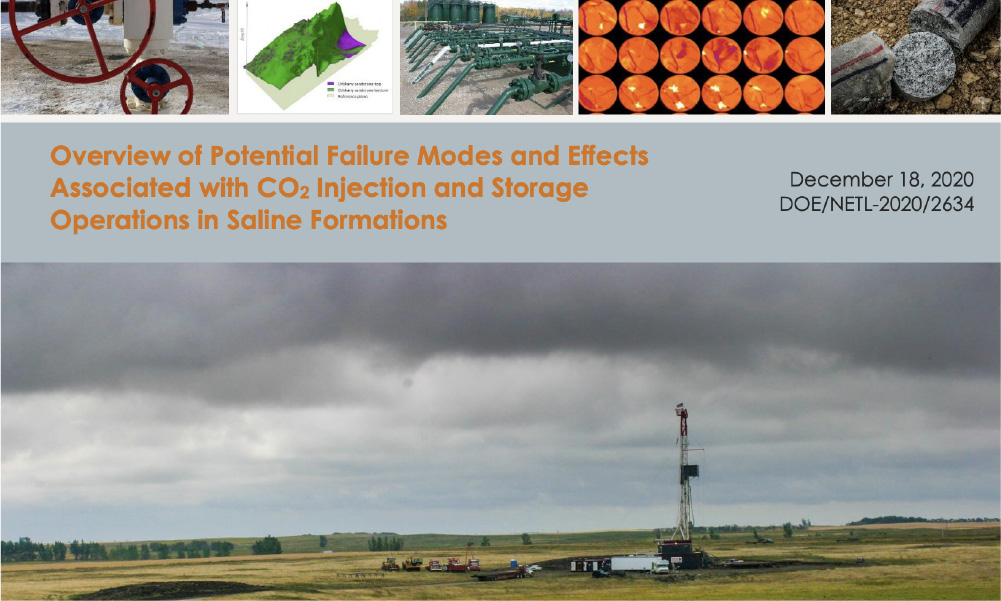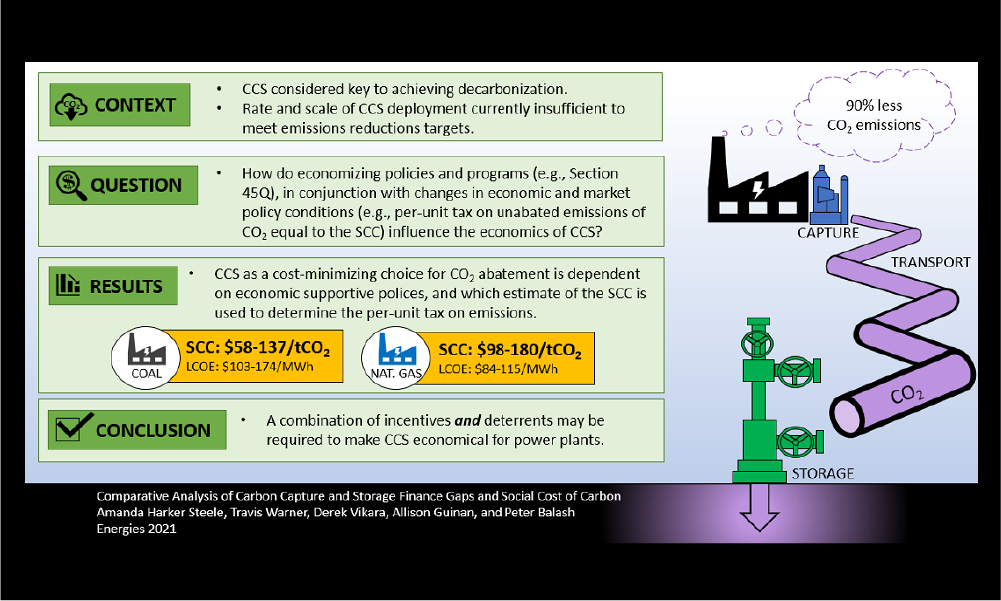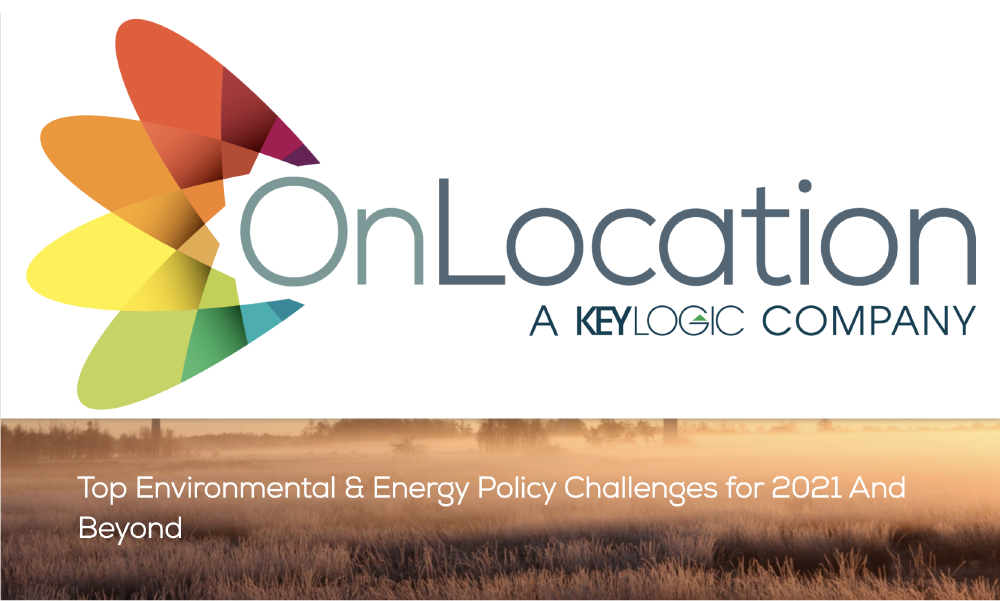Multifactor Biometrics Data Fusion for Regional Recognition
Biometrics is the automated methodology to uniquely identify humans using their physiological or behavioral attributes. Based on our deep biometrics experience with the Navy and our data science expertise, we are exploring the fusion of multifactor biometrics data to reduce false positives and workflow inefficiencies, while increasing confidence in verification processes. We are designing […]
Multifactor Biometrics Data Fusion for Regional Recognition Read More »

